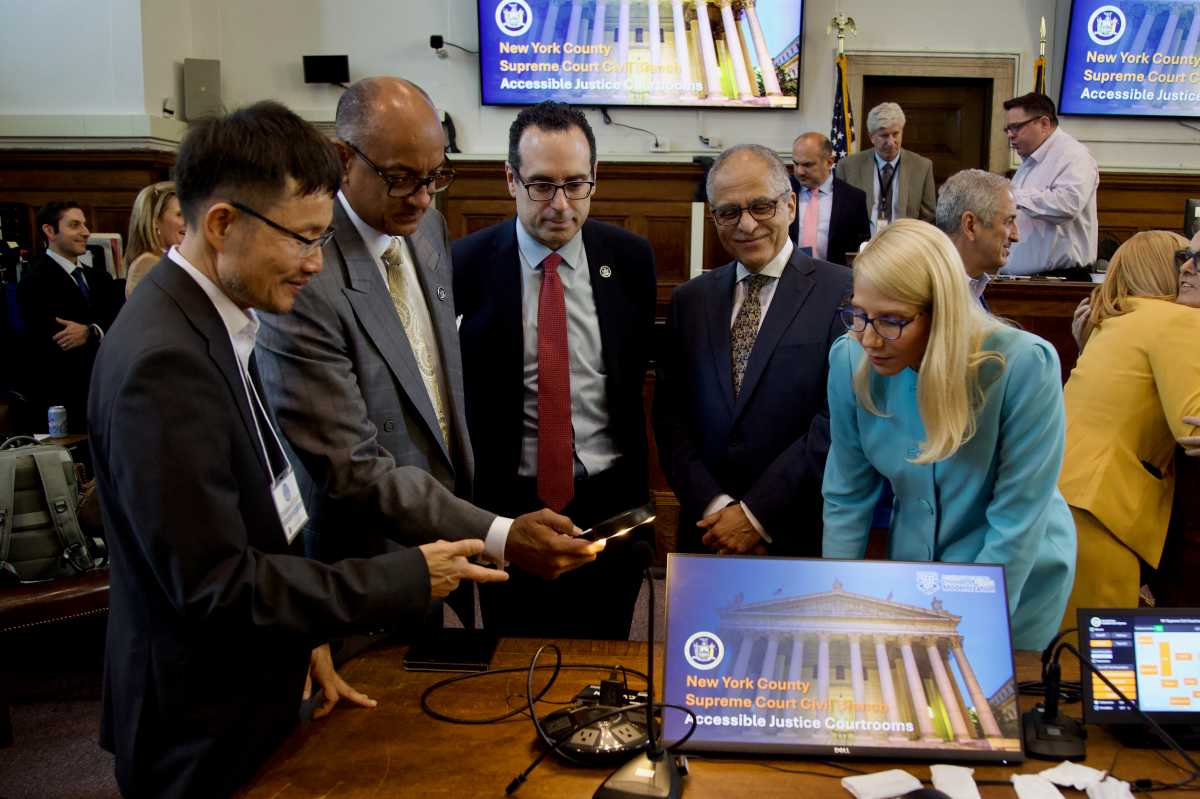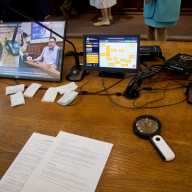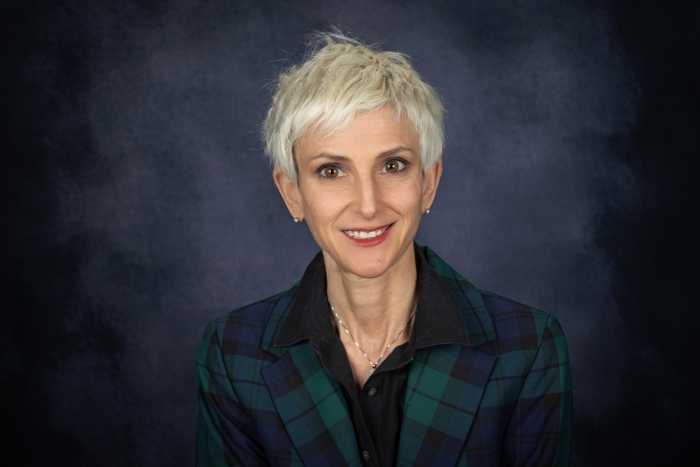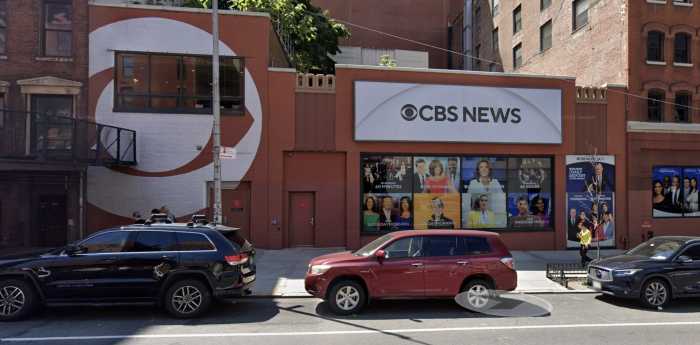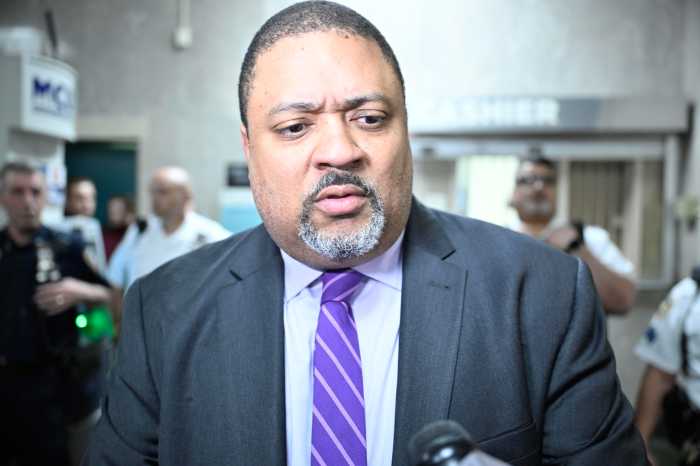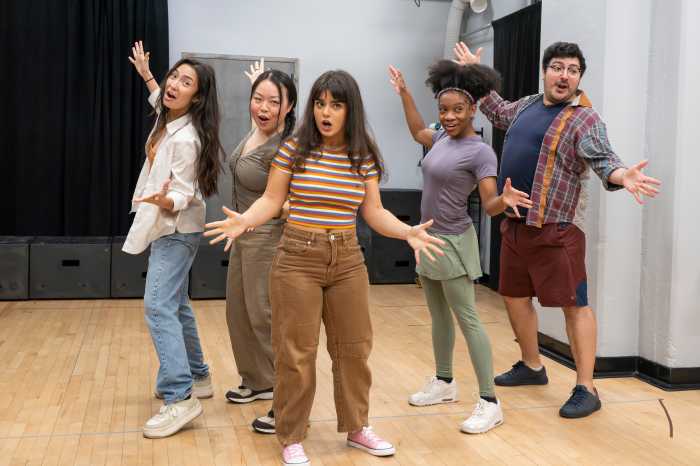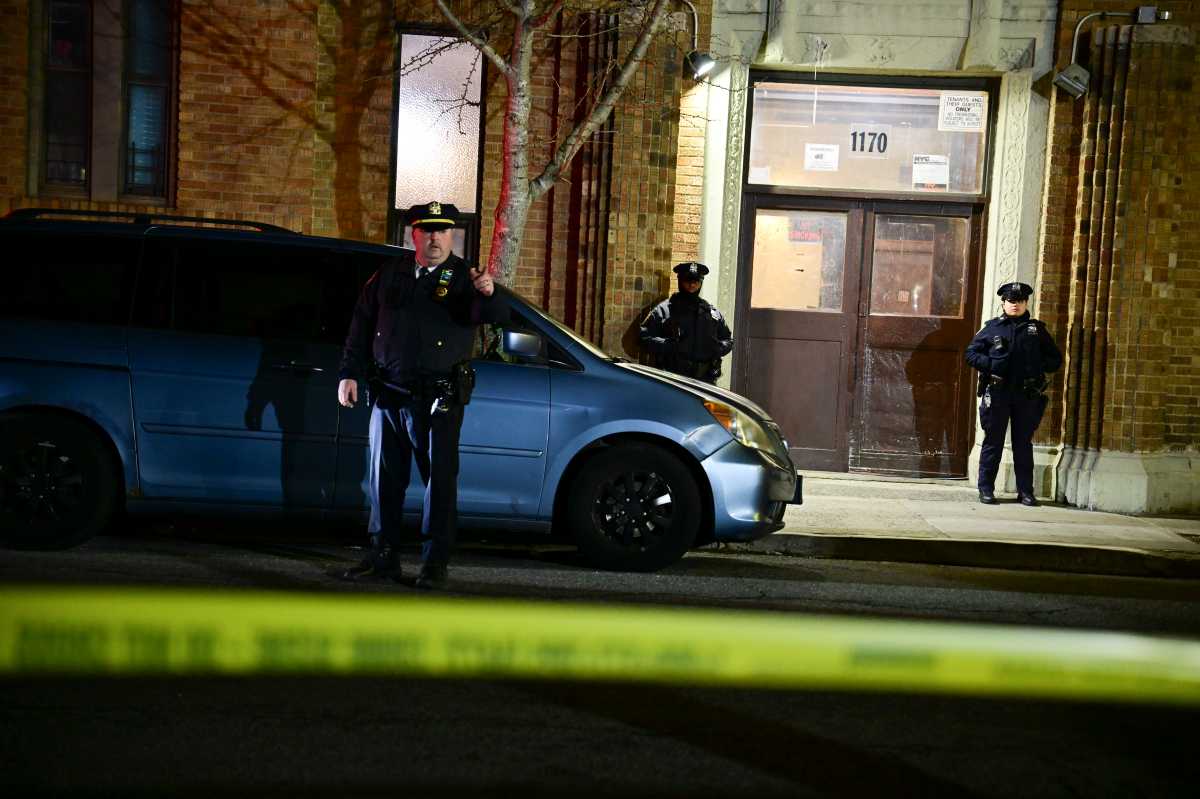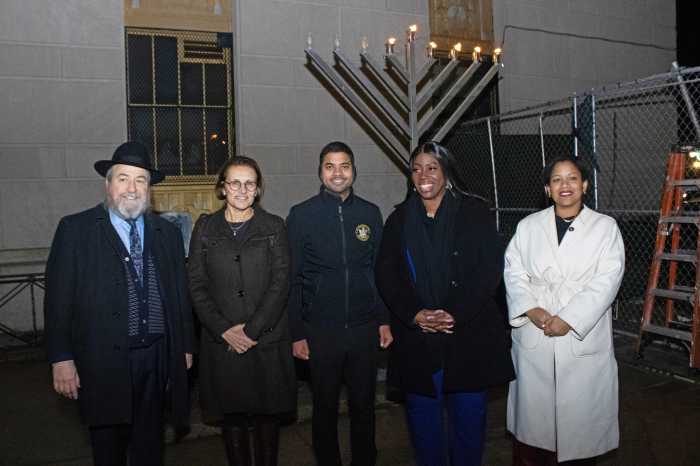The New York State court system took a step forward to meeting its mission of making the courts more accessible to visually and hearing impaired visitors, recently unveiling two upgraded courtrooms at its iconic 60 Centre Street supreme courthouse.
The two courtrooms feature an array of screens, hearing aids and other forms of accessibility technology tailored to those with hearing or vision disabilities with the goal of improving their ability to participate as a juror or court user.
“We know that proving accessibility to our historic courthouse does not end here. It is an ongoing effort that takes shape as we learn more about the needs of our community and how it’s best to serve them,” said Administrative Judge Suzanne Adams, who leads the New York County Supreme Court Civil Branch.
The event intersected with two of Chief Judge Rowan D. Wilson’s central initiatives: Expanding access to justice and investing in ongoing court modernization efforts.
Modifying the state’s aging courthouses often presents challenges. In New York City, for instance the court system does not own the buildings that house its courthouses. It leases the facilities from the city, which owns them. The unveiling gave the court system a chance to show that despite these jurisdictional issues and the age of the buildings, it is making an effort to implement improvements.
The new accessibility upgrades include screens for expanded Communication Access Realtime Translation (CART) and American Sign Language (ASL) services, updated camera for document-related evidence and in the jury section larger screens and upgrades for “sidebar conversations.”
The courts collaborated with disability advocacy groups on the modifications.
“[It’s] so joyous to be here to talk about what it is like to have these wonderful TV screens, to have magnification, to have audio enhancement so that people can hear no matter where they are,” said Sharon McLennon Wier, executive director of Center For Independence of the Disabled, New York.
McLennon Wier did not shy away from her view that the upgrades had been a long time coming.
“Let’s try to really work at our 62 counties and all our courtrooms being accessible and not just celebrate the first one. But let’s celebrate many hundreds more,” she said.
The court administration echoed McLennon Wier’s objective, but it remains unclear how achievable it is given the obstacles that the court system cited throughout the presentation.
“Our goal is to have this statewide. It’s one thing to talk the talk, it’s another thing to show the progress,” said Deputy Chief Administrative Judge for the New York City Courts Adam Silvera.
Sheng Guo, the founder and director of the courts’ Division of Court Modernization, who oversaw the project said that materials and equipment for the improvements cost $110,000.



